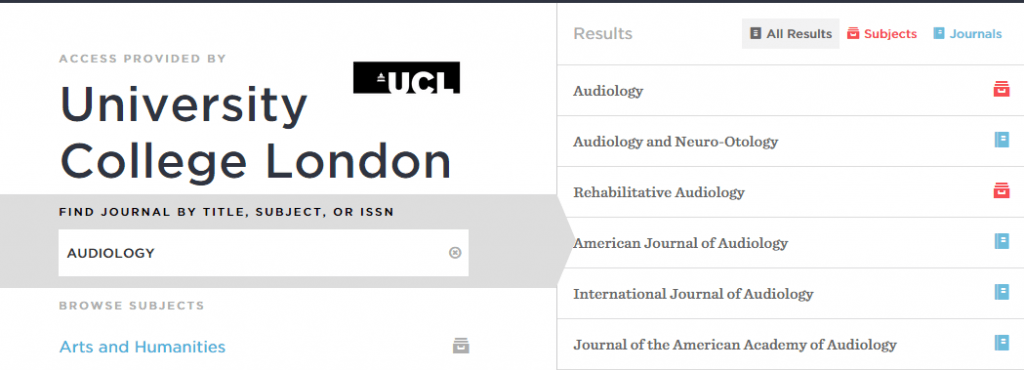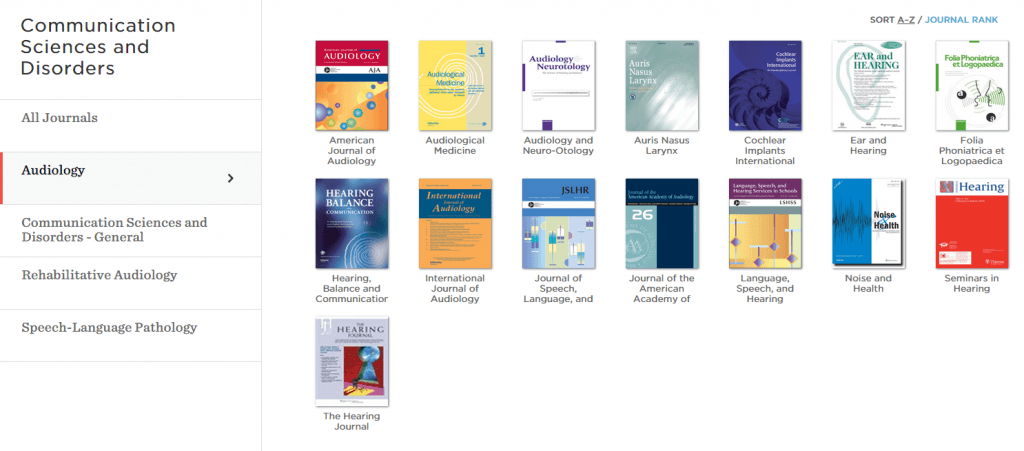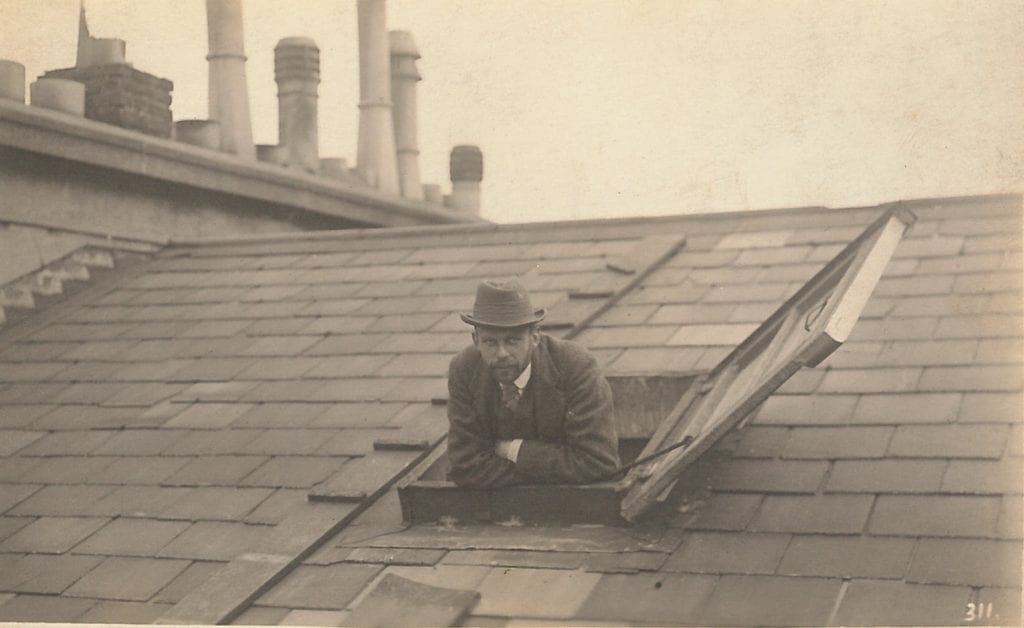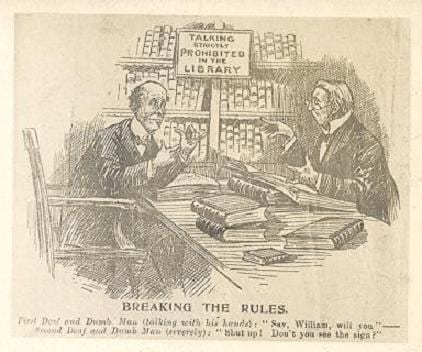A short history of the Action on Hearing Loss Library
By H Dominic W Stiles, on 29 October 2018
The Action on Hearing Loss Library, formerly the RNID Library, can trace its origin to a meeting held on 9th June 1911. The National Bureau for Promoting the General Welfare of the Deaf was founded by the wealthy banker Leo Bonn and a group of people interested in trying to draw together the various organisations that dealt with deafness and hearing loss to better promote the issues involved. The first annual report (1912) said “considerable headway has been made in the establishment of a library on deafness and the deaf.” Books were donated by many organisations and also by missioners to the deaf like the Rev. F.W.G. Gilby. The Arnold Library from the National Association for Teachers of the Deaf was accommodated in the Bureau’s offices for some years, before being sold by the National Association for Teachers of the Deaf to Manchester University, and the collection was open from 10am to 1pm on Saturdays.
The Great War held up the work of the Bureau which was reconstituted in March 1924 in High Holborn under the title the National Institute for the Deaf. We can see from the annual reports that spending on ‘Periodicals and publications’ in 1925-6 was £4 5s 11d, but already by 1931 this had risen to £74 9d. By 1932-3 the Institute was outgrowing its cramped offices, now in Bloomsbury St, and space was needed for a proper library, so in 1934 premises were purchased at 105 Gower St. At that time the Royal Ear Hospital was in Huntley St and in conjunction with the NID they set up an early hearing aid clinic.
The Second World War once again restricted the work of the Institute but with the help of their pressure in 1948 the first NHS Medresco hearing aid was made free, and importantly its batteries were also made free. The same year the Honorary Librarian H.G.M. Strutt BA was thanked for “converting our collection of books and pamphlets into the nucleus of a modern library service for the deaf.” The new library, which opened on March 10th 1948, on the second floor (we have always been up the stairs!) was open for 3 days a week and sent books out on loan, though the postage was paid by the borrowers. Early users then were mainly teachers of the deaf and trainees in deaf welfare. “It is free, there are no fines and for the most part borrowers observe the regulations”. Books were purchased for Manchester University’s Deaf Education students, and the first journals were now bound.
In 1951 the library received a boost by the addition of the collection of books & photographs made by the missioner to the deaf, Selwyn Oxley. The collection was classified under the Bliss System. In 1957 the Australian Dr Pierre Gorman was appointed librarian. Gorman, who was born deaf, was the first deaf person to graduate with a PhD from Cambridge University. After Gorman left the UK he returned to Australia where he died in 2006.
By the 1990s the RNID (it became Royal in 1961) had outgrown Gower St and moved to Old St. The future of the library was in the balance but Professor Tony Wright, then head of the Institute of Laryngology, negotiated the transfer of the collection management to UCL while the RNID maintained ownership and gave financial support to the collection. For many years until her retirement in 2003 the librarian was Mary Plackett who knew the collection intimately having worked for the RNID since the 1960s.
See also NID/RNID Annual Reports and various NID/RNID magazines and journals for the details.
 Close
Close








